Owning a car comes with the responsibility of keeping it in optimal condition to ensure safety, reliability, and longevity. Regular maintenance is key to preventing breakdowns, maximizing fuel efficiency, and avoiding costly repairs down the road. Whether you’re a new car owner or have been driving for years, understanding the basics of car care is essential. In this comprehensive guide, we’ll cover essential tips for car care that every car owner should know to keep their vehicle running smoothly.
1. Check Fluid Levels Regularly
Fluid levels play a crucial role in the proper functioning of your car’s engine, transmission, brakes, and other vital components. Make it a habit to check the following fluid levels regularly:
- Engine oil: Check the oil level using the dipstick and top up if necessary. Change the oil and oil filter according to the manufacturer’s recommended intervals.
- Coolant: Ensure the coolant level is between the minimum and maximum marks on the reservoir. Top up with a mixture of coolant and water if needed, and check for signs of leaks.
- Transmission fluid: Consult your owner’s manual for instructions on checking and topping up transmission fluid if your car has a dipstick.
- Brake fluid: Check the brake fluid level and condition regularly, and top up if necessary. Inspect the brake lines and connections for signs of leaks or corrosion.
Regularly monitoring fluid levels and addressing any issues promptly can help prevent engine damage and ensure the smooth operation of your vehicle.
2. Maintain Tire Pressure and Tread Depth
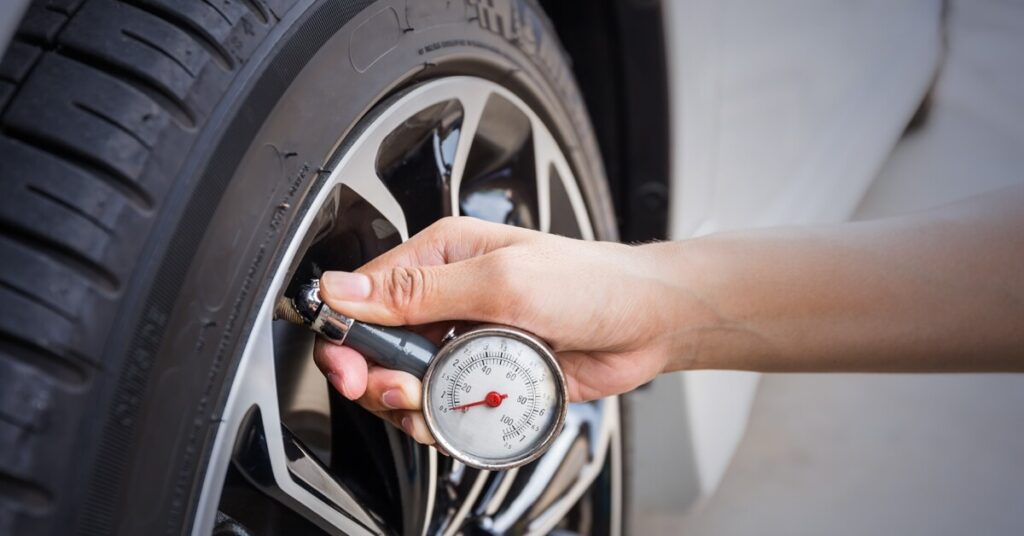
Proper tire maintenance is essential for safety, fuel efficiency, and handling. Tips for car care include checking your tire pressure regularly using a tire pressure gauge and inflating them to the manufacturer’s recommended PSI (pounds per square inch). Inspect the tires for signs of wear and damage, and measure the tread depth using a tread depth gauge. Replace tires that are worn beyond the recommended depth to ensure adequate traction and handling in all driving conditions. Additionally, consider rotating your tires regularly to promote even wear and extend their lifespan. Follow the rotation pattern recommended by the vehicle manufacturer or consult with a professional mechanic for guidance.
3. Replace Worn Wiper Blades
Wiper blades play a crucial role in maintaining visibility during inclement weather conditions. Inspect your wiper blades regularly for signs of wear, such as streaking, skipping, or squeaking. If the blades are worn or damaged, replace them promptly to ensure clear visibility and safe driving. Replacing wiper blades is a simple and inexpensive maintenance task that can greatly improve your driving experience, especially during rainy or snowy weather.
4. Perform Regular Oil Changes
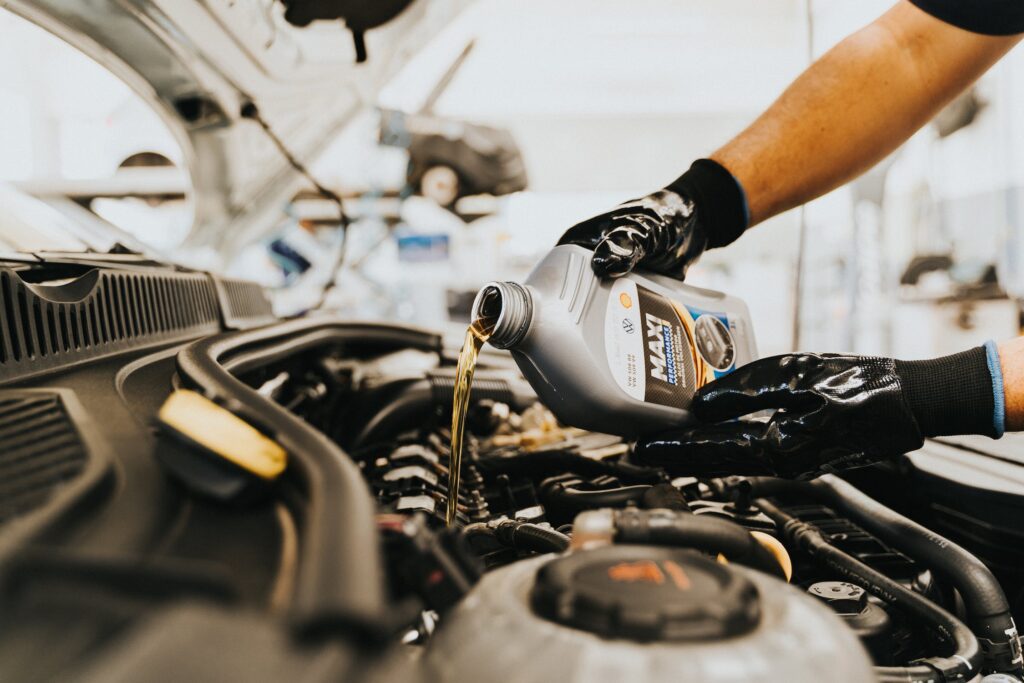
Oil changes are one of the most critical maintenance tasks for preserving the health and longevity of your car’s engine. Engine oil lubricates moving parts, reduces friction, and helps dissipate heat, preventing premature wear and damage. Follow the manufacturer’s recommended oil change intervals outlined in your owner’s manual, typically every 5,000 to 7,500 miles for conventional oil and up to 10,000 miles for synthetic oil. Regular oil changes are essential for maintaining engine performance, fuel efficiency, and reliability over time.
5. Replace Air Filters
Air filters play a vital role in maintaining air quality and ensuring proper airflow to the engine. Tips for car care include inspecting your air filter regularly and replacing it if it appears dirty or clogged. Over time, air filters can become clogged with dirt, dust, and debris, restricting airflow and reducing engine performance. Follow the manufacturer’s recommended replacement intervals, typically every 15,000 to 30,000 miles, or more frequently if you drive in dusty or polluted environments. Keeping your air filter clean ensures optimal engine efficiency and better fuel economy.
6. Check and Replace Spark Plugs
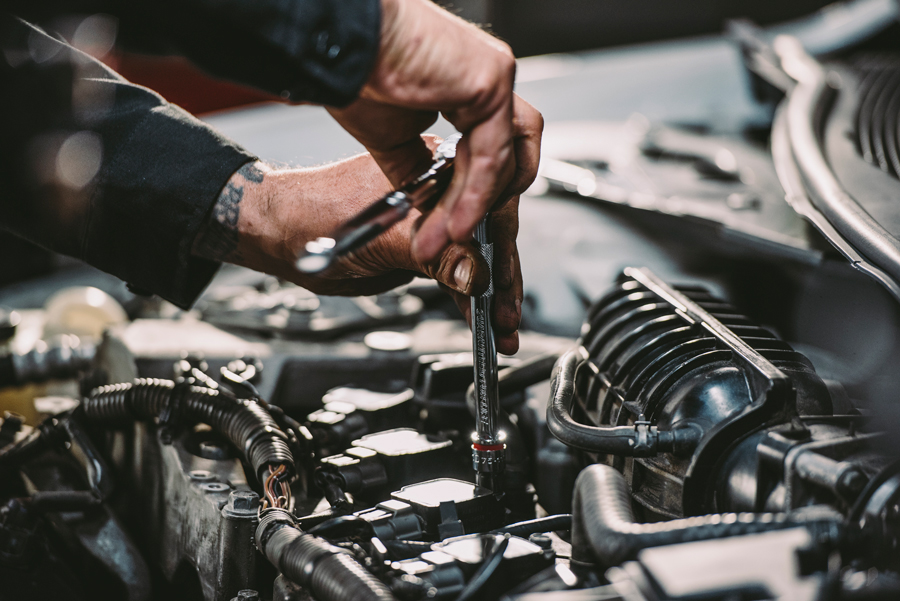
Spark plugs are responsible for igniting the air-fuel mixture in the engine cylinders, enabling combustion and powering your vehicle. Over time, spark plugs can become fouled or worn, leading to misfires, poor fuel economy, and reduced engine performance. Check your spark plugs regularly and replace them according to the manufacturer’s recommended intervals, typically every 30,000 to 100,000 miles depending on the type of spark plugs used. Replacing spark plugs is a relatively simple maintenance task that can improve engine performance and fuel efficiency.
7. Inspect and Replace Brake Pads
Brake pads are essential for stopping your vehicle safely and effectively. Over time, brake pads can wear down due to friction, requiring replacement to maintain braking performance and safety. Inspect your brake pads regularly for signs of wear, such as thinning or uneven wear patterns. Replace brake pads that are worn beyond the manufacturer’s recommended thickness to prevent damage to other brake components and ensure reliable stopping power.
8. Keep the Battery in Good Condition
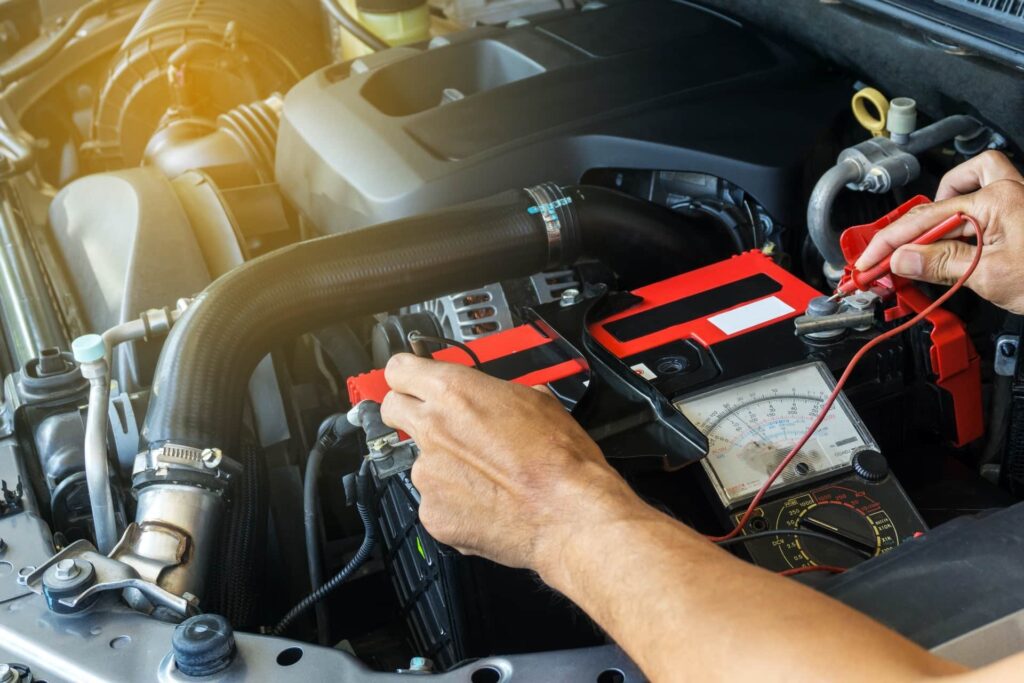
The battery is essential for starting your vehicle and powering electrical components such as lights, radio, and climate control. To keep your battery in good condition:
- Clean the battery terminals regularly to remove corrosion and ensure a secure connection.
- Check the battery’s voltage using a multimeter and replace it if it’s low or failing.
- Test the battery’s cranking amps to ensure it has sufficient power to start the engine reliably.
- If your battery is more than three to five years old or showing signs of weakness, consider replacing it proactively to avoid unexpected breakdowns.
9. Maintain Proper Wheel Alignment and Balancing
Proper wheel alignment and balancing are essential for handling, stability, and tire wear. Over time, factors such as potholes, curb impacts, and normal wear and tear can affect wheel alignment and balance, leading to uneven tire wear and handling issues.
Have your wheel alignment and balance checked regularly by a professional mechanic, especially after hitting a pothole or curb. Proper alignment and balancing help ensure even tire wear, optimal handling, and a smoother ride.
10. Keep Your Car Clean and Protected

Regular washing and detailing not only keep your car looking its best but also help protect its paint and finish from dirt, debris, and environmental damage. Wash your car regularly using a mild detergent and clean water, and apply a coat of wax or sealant to protect the paint and provide a glossy shine. Additionally, consider investing in accessories such as car covers, floor mats, and seat covers to protect your car’s interior from spills, stains, and wear.
Summing Up
Proper car maintenance is essential for ensuring safety, reliability, and longevity. By following these essential tips for car care and staying proactive in caring for your vehicle, you can minimize the risk of breakdowns, maximize fuel efficiency, and enjoy worry-free driving for years to come. Remember to consult your owner’s manual for specific maintenance intervals and recommendations tailored to your car’s make and model. With regular care and attention, your car will continue to perform at its best and provide reliable transportation for all your adventures.
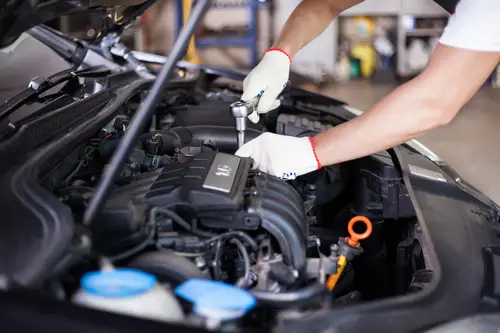
 Top 10 Fastest Bikes in the World (2024 Edition)
Top 10 Fastest Bikes in the World (2024 Edition) Top 10 German Cars That Define Excellence in 2024
Top 10 German Cars That Define Excellence in 2024